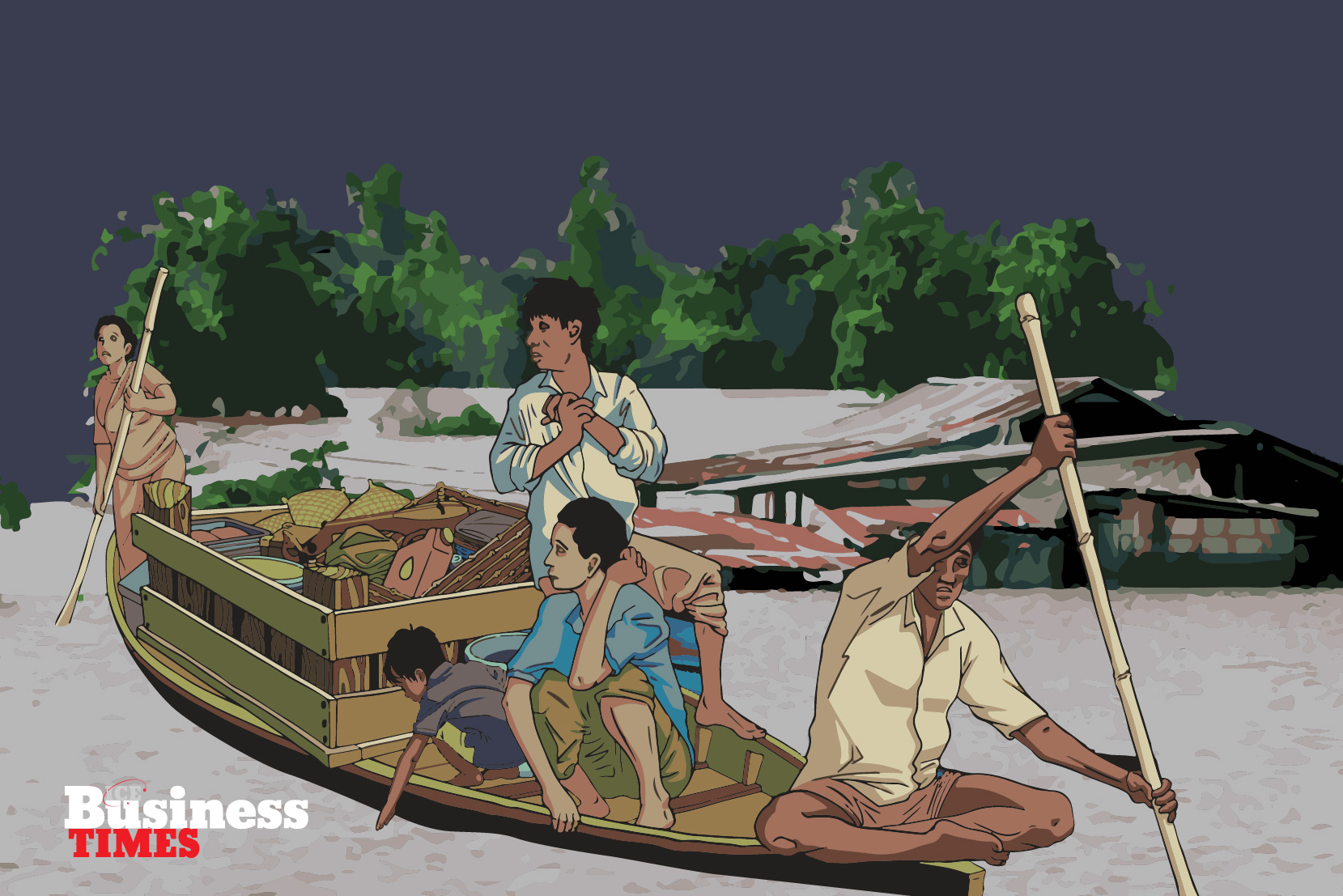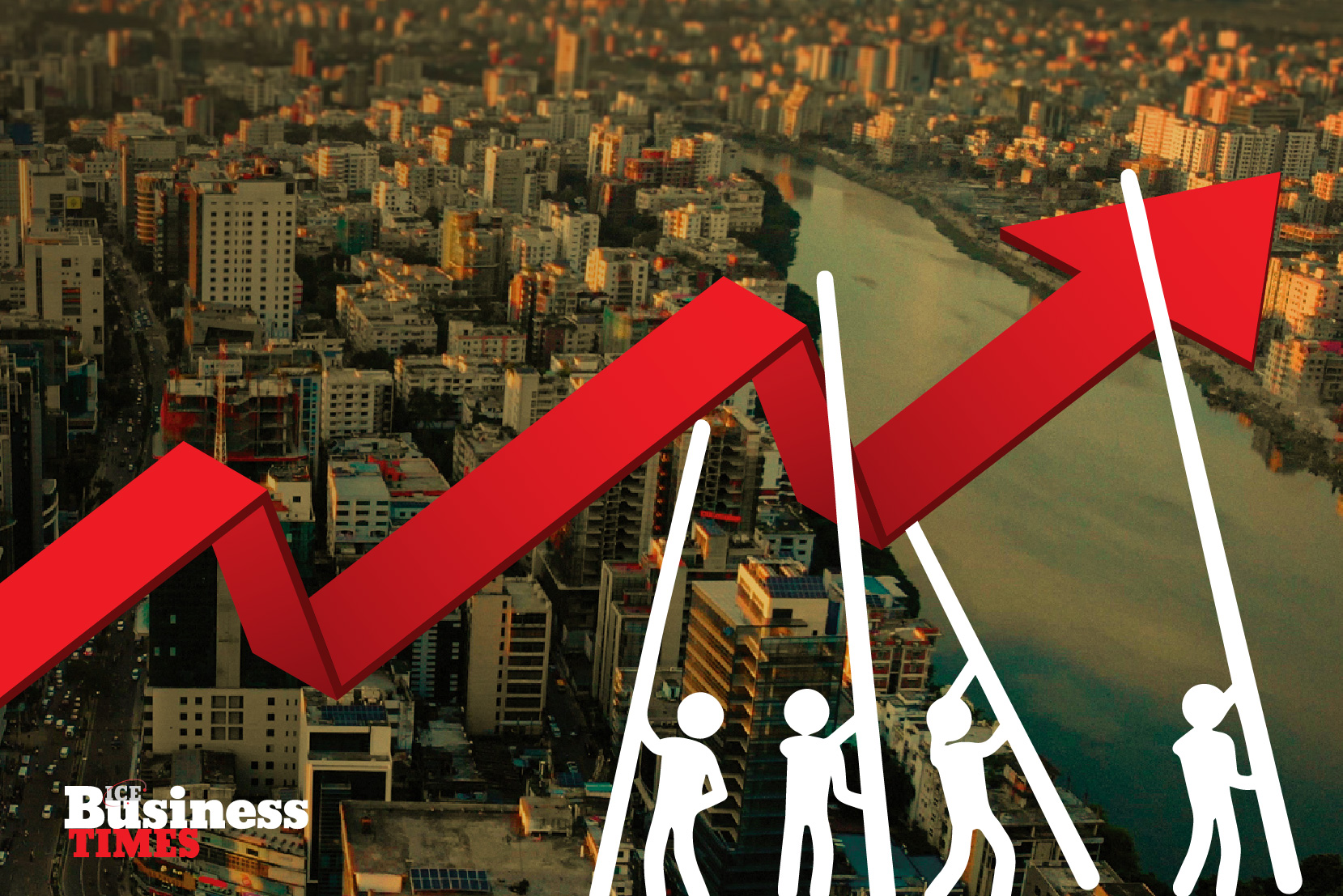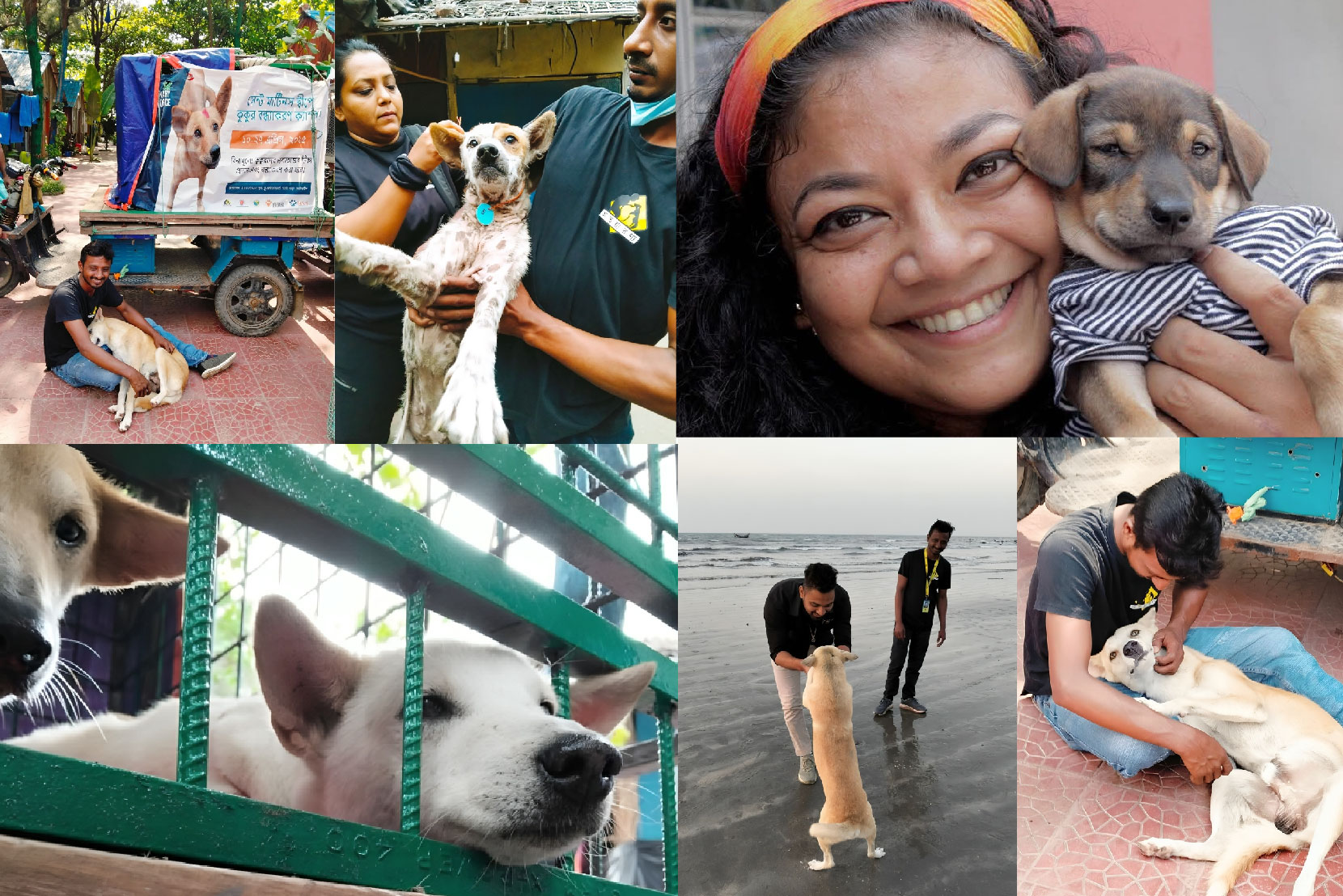The crisis of climate-induced displacement remains a daily reality in Bangladesh, requiring urgent action.
Bangladesh has become the emblem of climate vulnerability. A nation crisscrossed by rivers and bound by the Bay of Bengal, it sits on the frontline of a crisis that is no longer looming on the horizon but unfolding daily. Millions of people have been permanently displaced due to cyclones, floods, sea level rise, riverbank erosion, and salinity intrusion. Families are being uprooted not just once but repeatedly, their lives reassembled in fragile shelters on embankments, urban slums, and cyclone-hit coastlines. Climate change has evolved from a purely environmental problem to a story of migration, grief, and resiliency. The following insights from Hafizur Rahman, Focal of IUB ICCCAD, and Maria Akter, Project Manager at ICCCAD, make it clear that climate-induced displacement is not only about geography but also about justice, rights, and the search for dignity.
A GROWING TIDE
Recent data paints a stark picture. Climate-related disasters in Bangladesh caused the displacement of over seven million people in 2022 alone. Projections suggest that by 2050, nearly 20 million Bangladeshis could be forced to relocate within their own country due to environmental changes. This situation is not far off; people who have lost their land to rising seas or their crops to salinity intrusion are already swarming the streets, building informal settlements in Dhaka, Chattogram, and Khulna. Dhaka alone is estimated to host around ten million displaced people, many of whom arrive with little more than the clothes they are wearing, hoping the city can offer a semblance of stability. This new wave of displacement is gradual and unrelenting, brought on by cyclones that make headlines but also by the quiet erosion of riverbanks, the seasonal engulfment of farmland by floods, and the slow onset of salinity. For many families, displacement is not a one-time tragedy but a cycle, with each move stripping away assets, social ties, and one’s sense of self.
NATURE’S PULL
To understand climate-induced displacement in Bangladesh, one must see the dual pressures of rapid shocks and slow erosion. Amphan and Bulbul are examples of cyclones that hit hard and fast, destroying homes and leaving behind devastated landscapes. Shelters are inaccessible, transport is inadequate, and emergency responses rarely account for the needs of the disabled. However, slower-moving catastrophes are just as significant. Every year, entire villages are sucked into the river as a result of riverbank erosion that gradually eats away at farmland and homesteads. Salinity intrusion creeps further inland, poisoning water sources and making once fertile land unproductive. Sea level rise adds another layer of inevitability, as coastal communities find their ground literally slipping beneath their feet. Together, these forces create a reality where displacement is not a matter of “if,” but “when.”
PROJECTIONS SUGGEST THAT BY 2050, NEARLY 20 MILLION BANGLADESHIS COULD BE FORCED TO RELOCATE WITHIN THEIR OWN COUNTRY DUE TO ENVIRONMENTAL CHANGES.
BEYOND NUMBERS
The effects of climate displacement on people are never distributed equally. Women in particular face a double burden. As families lose homes and livelihoods, women shoulder the weight of caregiving and often sacrifice their own opportunities for education or income. Additionally, they are more susceptible to gender-based violence both during and after displacement, particularly in the cramped quarters of temporary shelters or urban slums. A recent study in Cox’s Bazar offers a window into how these pressures multiply for women with disabilities. Many of the respondents described being physically unable to reach shelters during cyclones, finding themselves stranded as floodwaters rose. Others spoke of losing their livelihoods entirely, with no accessible training or job options available in resettlement sites. In addition to the financial and physical difficulties, there was the feeling of isolation, of being shunned when aid was being provided, disregarded when decisions were being made in the community, and being stigmatised by neighbours. These accounts serve as a reminder that relocation across geographic boundaries is not the only aspect of climate displacement. It is about fractures in identity — about who gets to speak, and who is left unheard in the rush to adapt.
HOPES AND HOLES
To its credit, Bangladesh has not stood idle. Through programmes like the Ashrayan Project, the government has given hundreds of thousands of families who are displaced by climate change a place to live. Nonprofit initiatives, like BRAC’s Climate Bridge Fund, are directing funds towards migrant settlements in urban areas that are at risk. Programmes like these demonstrate a growing awareness that displacement is the most human cost of climate change, not just one of its side effects.
Yet the scale of the crisis dwarfs these interventions. Funding is chronically short, leaving projects incomplete and scattered. Furthermore, implementation on the ground is inconsistent, hampered by local capacity gaps and weak coordination between agencies.
What emerges is a troubling paradox. Bangladesh is pioneering innovative responses, yet the people most in need, the poorest, the disabled, and the socially excluded, are still falling through the cracks.
BANGLADESH IS PIONEERING INNOVATIVE RESPONSES, YET THE PEOPLE MOST IN NEED, THE POOREST, THE DISABLED, AND THE SOCIALLY EXCLUDED, ARE STILL FALLING THROUGH THE CRACKS.
NO ONE LEFT BEHIND
Addressing climate-induced displacement requires more than brick and mortar solutions. It calls for a change in the way we view adaptation in general. Policies need to be intersectional, acknowledging that poverty, age, gender, and disability all contribute to multiple layers of vulnerability. Infrastructure, from cyclone shelters to urban housing, must be made accessible to all. Participation of displaced communities in planning and decision-making must become the norm rather than the exception.
In addition to shelter, displaced people need social protection, training, and a means of subsistence in order to rebuild their lives with honour. Without this, displacement becomes a permanent state of precarity. Finally, Bangladesh cannot do this alone. International climate finance must step up, particularly through the loss and damage mechanism, to provide predictable support that acknowledges displacement as one of the gravest consequences of climate change.
Climate-induced displacement in Bangladesh is more than an environmental crisis; it is a human crisis. Behind every statistic lies a family that has watched their home dissolve into the river. The issue at hand is not whether displacement will persist, but rather how Bangladesh and the rest of the world will react to prevent those who are compelled to relocate.















